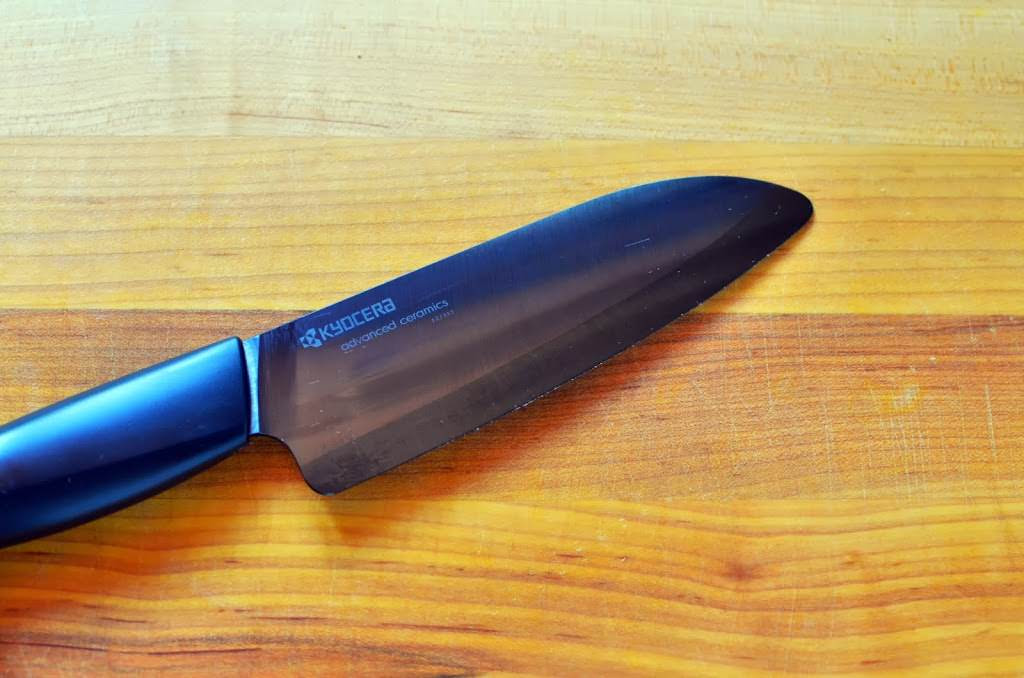With the popularity of ceramic knives, a team of journalists decided to conduct a comparative test between a Kyocera brand knife, the world leader in the high-end market, and Chef’s knife made in China. The two knives were sent to a specialized knife testing laboratory based in England to evaluate the performance of the two blades. The investigative team then met with Mr. Mazda, a Kyocera manager, in Japan.
The Japanese company also conducted tests on one of the essential points for the consumer, the solidity of the knife. In the offices, a machine allows testing the resistance of a ceramic blade to a bending. The box is transparent, and Mr. Mazda proposes to show the difference between the knives manufactured at Kyocera and the knives manufactured in China, he is certain of the superiority of the Japanese knife and indeed, the test shows that the Kyocera knife bends but does not break.
Mr. Mazda specifies that the blade can be bent thousands of times while the ceramic of the competitors breaks, and the test carried out afterward on a knife made in China shows that the blade breaks quickly. The French journalist asks that the test be done with a copy of the leading ceramic knife in France and also made in China.

This time the knife does not break and Mr. Mazda thinks it is because the ceramic is too thick and therefore the pressure on the blade is not strong enough. Mr. Mazda is intrigued by the result and compares the knife to the Kyocera brand knife. The results of the English laboratory are then presented to the head of the Japanese company, they show that the Kyocera knife wins the comparative test, but by a very small margin.
For an almost comparable cutting quality, the curves overlapping, the price of each knife is very different, four times more expensive for the Japanese knife. Mr. Mazda runs out of arguments to promote the superiority of the Kyocera knife and concludes that these are only tests. He believes that the difference is related to the feeling and that consumers see the difference when they use the knife. The results of the tests on Chef’s knives made in China are nevertheless a threat to the Kyocera brand.



Comment here